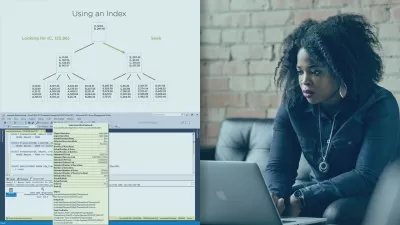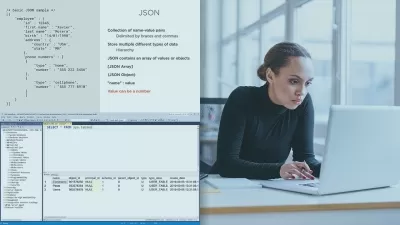SQL Server Application Development Best Practices
Rudi Bruchez
3:32:38
Description
Relational databases like SQL Server are powerful and complex systems. This course will teach you everything you need to know to get excellent performances from SQL Servers, including how to diagnose performance problems, and more.
What You'll Learn?
Relational databases like SQL Server are powerful and complex systems, and you need to know how to work with them to get the best out of them. In this course, SQL Server Application Development Best Practices, you will learn what you need to do to get excellent performances from SQL Servers. First, you will learn how SQL Server works and how to think like SQL. Next, you will see how to diagnose performance problems, how to solve those problems the SQL way, and how to choose between SQL and NoSQL. Is NoSQL worth the change? You will have the right arguments to decide. Finally, you will discover how to get predictable performances from SQL Server. When you’re finished with this course, you will have the skills and knowledge needed to improve the way you work with SQL Server.
More details
User Reviews
Rating
Rudi Bruchez
Instructor's Courses
Pluralsight
View courses Pluralsight- language english
- Training sessions 48
- duration 3:32:38
- level average
- Release Date 2025/01/22











